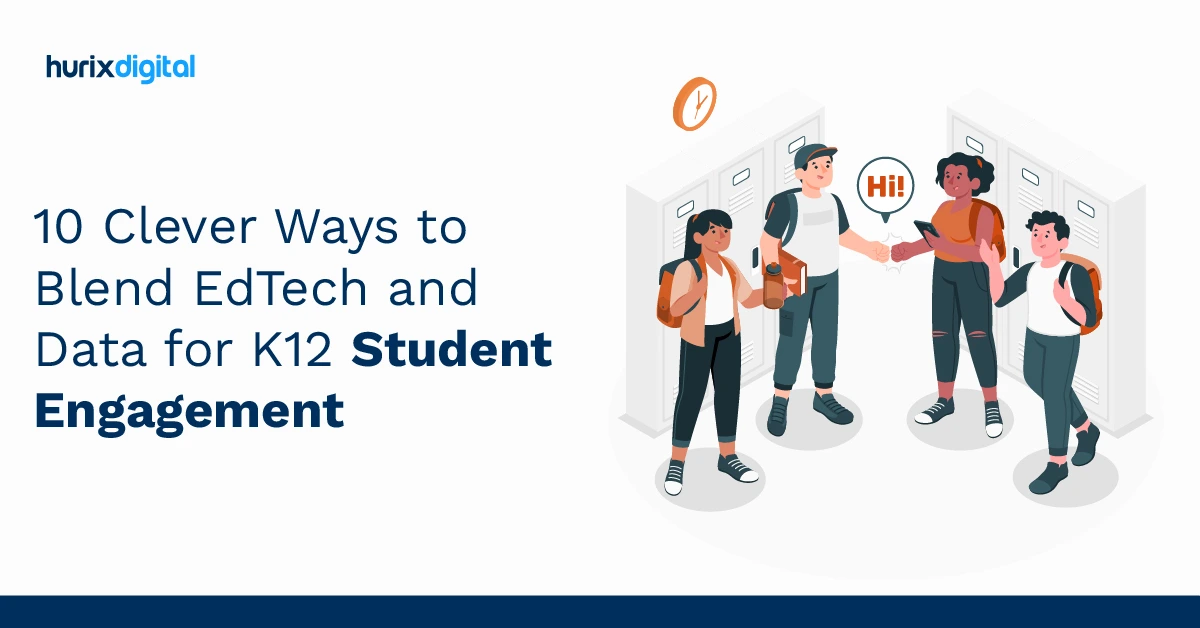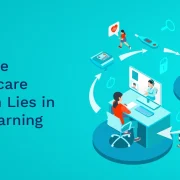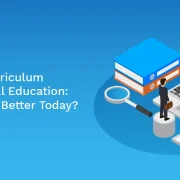
How Does the Flipped Classroom Model Work in Higher Education?
Empowered with easy access to a wealth of information available on the Internet, today’s learners are no longer dependent on instructors as their primary source of knowledge. Ongoing technological advances and evolving pedagogical practices have shifted control of learning from the teacher to the taught. The Internet and the smartphone have ensured that students have instant access to any type of information they need. This has flipped the traditional classroom on its head allowing students to be the fountain of knowledge. To understand how a flipped classroom works in the current scenario, it is first important to understand the very concept of the flipped classroom.
What is a flipped classroom?
A flipped classroom is an evolving pedagogical approach to education in which group learning is transformed into individual learning. The vacuum created in group learning is converted into an environment in which students learn to apply concepts and engage in creative activity under the guidance of an instructor. The students, therefore, get first-hand experience of the concepts they are learning about and understand their working in the real-world context.
The concept of the flipped classroom was first espoused by two high school teachers, Jonathan Bergmann and Aaron Sams who then detailed it in their book Flip your classroom: Reach every student in every class every day (2012). They listed a complete range of advantages of a flipped classroom, the main being that it gave a level playing field to students of all abilities to excel, allowed greater one-to-one interaction between the teacher and the students, changed classroom management, and made the classroom transparent.
To illustrate flipped classroom model in higher education with an example, let us consider an English literature class on the renaissance literature period. In a traditional classroom, the instructor will provide some background about the period, talk about the main writers and their works before taking up the work of a particular author in detail. Now switch to the flipped classroom model and the instructor can divide the class into groups and then assign them research tasks, for instance, one group can research on the factors leading to the renaissance age, the other to a particular author, for instance, Edmund Spencer, William Shakespeare, or John Donne, with a specific focus on their works and what set them apart from their contemporaries.
Each group can then assign roles to each individual to collect information and then create a final multimedia presentation for the class. This sort of activity builds a greater connection with the subject, allowing students to dig deeper and find insights from their works. In fact, one group can also be assigned to research and bring to light the relevance of these works in the current times. Once this is done, there can be a group activity, for instance, enacting a drama from that age with the help of the educator, complete with costumes, backdrop, and props that bring alive the renaissance period. The flipped classroom, is therefore, non-linear and experience-based learning with the students as the dominant collectors and disseminators of information and the teacher playing the role of a guide.
Let us now look at how a flipped model works in higher education.
First, decide on the lesson, or even a part of the lesson that you wish to flip. Outline the key objectives and learning goals you wish to achieve. Also, devise a roadmap with pointers to the route the students should take to achieve these learning goals.
Instead of outlining this plan in the class in person, you can record and make a video covering all the points you wish to include. Make sure the video is engaging and then share it with your students. The students will get a sense of the lesson and will be more receptive to the activity once you discuss it in detail in the online classroom. And once you have discussed it, they will be prepared for the activity ahead. Also, be sure to share the timeline for each activity with the groups.
Group activities: You can assign group activities for students. They can create presentations on the given topic or a topic of their choice. Make sure that each individual in the group participates in the presentation. Ask questions, dig deeper and if required, give them more time to fill in the gaps in their knowledge within a specified time and then regroup to share data.
This group-instructor interaction is extremely important for players on both sides of the field and to be at the same level.
Application of concepts: Allow students to apply concepts that they’ve learned in real-life situations and ask peers or instructors to share their feedback or seek clarification.
Peer instruction: This can be a role-playing activity where the students teach their peers and explain concepts or demonstrate how to solve problems.
Discussion and debates: Give students the opportunity to articulate their thoughts and support their arguments and claims. These sorts of collaborative activities will help to increase engagement, improve understanding and promote collective response and intelligence.
In conclusion
We are living in the information era – the Internet and a smartphone are all that we need to find any information we need. In terms of higher education what this means is that a teacher is no longer the primary source of information. In the current scenario, there is a need to harness this change in information flow and redefine traditional classroom teaching.
The flipped classroom is a new pedagogical approach that inverts the learning pyramid and passes control of the learning from the teacher to the student. In a flipped classroom, students use technology to learn and create their own learning journey while the role of the teacher changes from passing down information to facilitating and guiding the students to achieve their learning outcomes. Flipped classroom makes learning more engaging, personalized, and relevant to the current context, while also enabling students to achieve their educational goals.
Need to know more about our Products & Services ? Drop us a Note.





